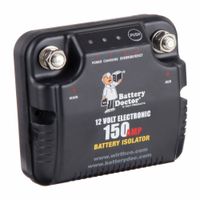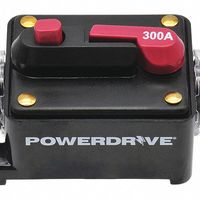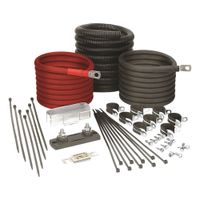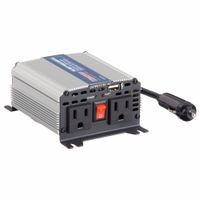- Home
- Fleet Vehicle Maintenance
- Vehicle Electrical Battery Power Maintenance
- Vehicle Battery Power Charging
- Vehicle Power Inverters Isolators
Vehicle Power Inverters & Isolators
Power inverters charge vehicles from a back-up generator during emergencies, or energize batteries from a car or truck DC outlet. These inverters with continuous computer-grade power also run sensitive electronics without dangerous surges. Isolators are one-way chargers that send an electrical curre .....Read More
Frequently Asked Questions
What is a power inverter and how does it work?
Can a power inverter charge a vehicle from a backup generator during emergencies?
How do power inverters energize batteries from a car or truck DC outlet?
Are power inverters safe for running sensitive electronics without surges?
What is the difference between a power inverter and an isolator?
How do isolators work in a multi-battery system?
What are the benefits of using a power inverter in an emergency situation?



